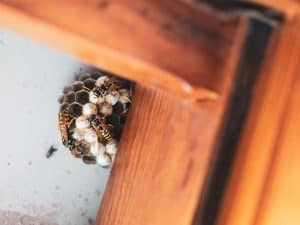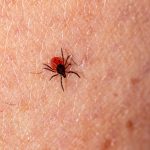Many people are anxious about encountering unwanted pests, especially in their own homes. As such, homeowners often take preventative measures as part of their seasonal maintenance routine. However, there are several rooms in a house that can be easily overlooked in the process of pest proofing – the attic and basement.

Rodents such as mice and rats tend to be the most common invaders of attics and basements, but a slew of insects can also make themselves at home if given the chance. Cockroaches, spiders, ants and stink bugs are a few of the usual suspects. These tenacious pests usually seek shelter, food and water in homes due to changes in weather, such as extended periods of rain or the onset of cooler temperatures.
Pests can find entry points into homes through almost any opening, including cracks and crevices as small as a dime in the structure’s exterior. Once mice and rats find their way into attics or basements, they can cause serious and costly property damage. Rodents are capable of destroying insulation in attics and chewing through walls, baseboards and electrical wires
Luckily, there are many effective pest-proofing measures homeowners can use to discourage unwanted guests from taking shelter in the forgotten rooms of a home. It is important to pay special attention to the home’s insulation by replacing loose mortar and weather stripping around the basement foundation. In addition, items that are kept in basements and attics should be stored in plastic, sealed containers off of the floor rather than cardboard boxes to prevent pests from nesting inside. Attics and basements should also be kept well ventilated and dry. In order to remove any known moisture or harborage sources, homeowners can run a dehumidifier and install gutters or diverts.
Pest proofing the forgotten rooms of a house should be viewed as a year-round commitment to protecting one’s property and health from the threats associated with pest damage and disease. A licensed pest professional can recommend a prevention plan to help keep your home pest-free.




